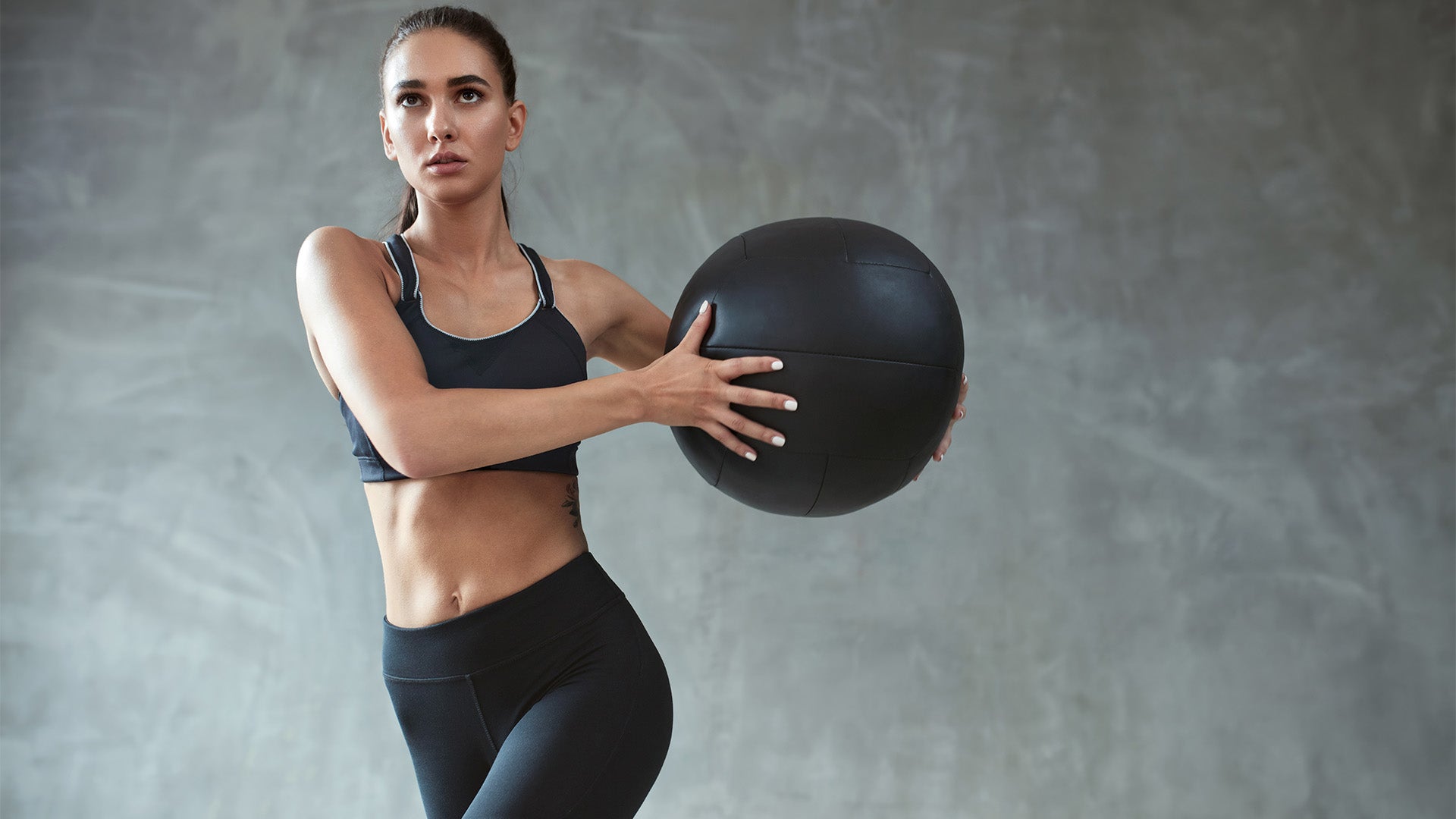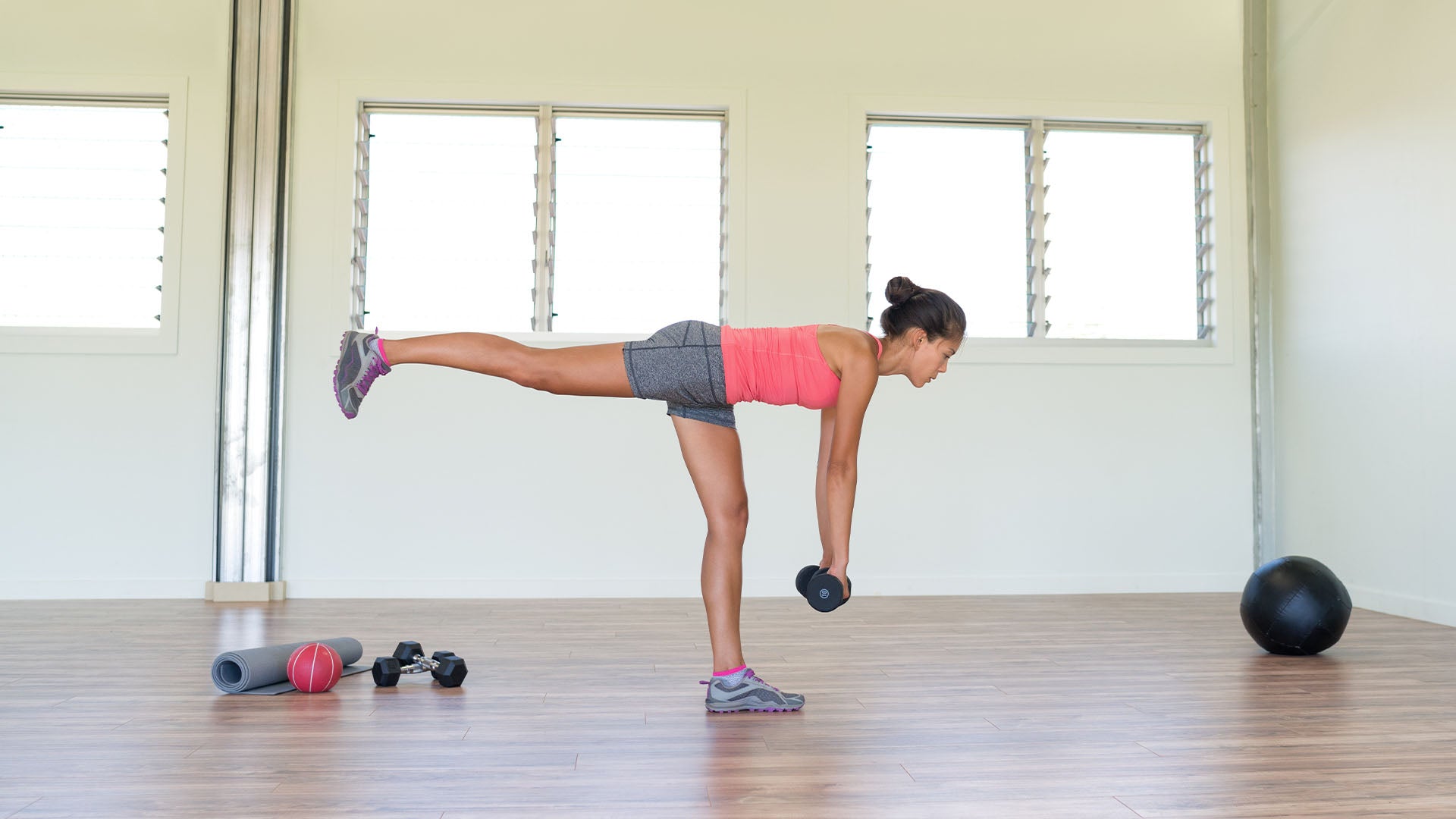Tennis is just as exciting to play as it is to watch, and while it might not seem like tennis players need vigorous training in the same way as basketball and football stars, looks can be deceiving. Tennis requires speed, agility, power, and a lot of natural talent.
But you can strengthen some of these skills by incorporating the right exercises into your training regimen. Here are some of the best workouts for tennis players.
What Should Tennis Players Focus on During Training?
The force required to hit a tennis ball with grace is so impactful that there’s a whole injury named after it. And before you start to feel the effects of tennis elbow during your next game, you can prepare by doing the right exercises to strengthen your working muscles.
Most of the pain associated with tennis elbow is due to tightness in the shoulders, so it’s important to focus some of your training on loosening and strengthening the deltoid muscles. Additionally, it’s always beneficial to practice moves that mimic the ones you’d perform in a match to enhance your agility and coordination.
1. Aerobic Training for Tennis Players

Higher aerobic capacity can allow you to spend more time running back and forth on the court to rally the ball. Plus, it can make it easier for you to perform strength-based exercises that will ultimately reduce your risk of injury and give you a more powerful serve.
Side Shuffles
When playing tennis, you always need to be facing your opponent. For that reason, most of the movement across the court in a tennis game occurs in the frontal plane, meaning you move from side to side. Doing lateral side shuffles helps to improve your cardio endurance while also rehearsing those movements you’d encounter on the court.
To do side shuffles, you’ll want to stay nice and low to engage the quads and glutes. Quickly shuffle to one side of the court, then shuffle back, repeating until you’re finished with your set. We recommend at least three sets of three reps back and forth for maximum conditioning.
You can mix in a little bit of strength training here by wearing a resistance band around your knees to engage the hip flexors and the glutes a little bit more.
Sprints
The faster you can move off the court, the faster you can move on the court. Doing sprints is a great way to improve your lung capacity and allow you to run around on the court for longer periods of time before becoming fatigued.
You can do sprints on a tennis court, going back and forth for a set number of reps. But you can also do interval training on a treadmill. Interval training can resemble the heart rate fluctuations of a real game, conditioning your body to recover more quickly and get back into the action with ease.
Hit your all-out speeds for about 20 seconds, and then drop it back down to a walk for 20 seconds. Repeat until the end of your set. Over time, gradually increase the sprint duration, but keep the recovery block the same. This will help you enhance your lung capacity to keep going on the court.
2. Strength Training for Tennis Players

Strength training is just as important as cardio training for tennis players. Not only can it give you more power for hitting the ball or moving around the court, but it can also help you prevent common injuries that often occur during a match.
Wood Chops
Wood chops are a fantastic multi-muscle exercise that targets the obliques and shoulders. But one of the main benefits for tennis players is that this movement also mimics the motion of returning a ball.
You can do wood chops with a dumbbell, or you can use a resistance band attached to an anchor point. You’ll start with the dumbbell up overhead over top of one shoulder and then swing it down to the opposite hip, pivoting the back foot. Think about swinging an ax to cut down a tree. Reverse wood chops are great, too – just start with the dumbbell down by your hips instead.
Inch Worm
While this move is a bit more of a stretch than an actual strength training exercise, it is still one of the best exercises for tennis players. This is because it stretches the shoulders and most of the upper and lower body, making it an effective movement for loosening the muscles and reducing stiffness in the shoulder joints.
Inch worms are also called hand walks because you’ll just bend down and walk your hands into a high plank before walking your hands back to standing. The key here is to keep your hips from swaying back and forth, so engage your core and widen your feet if necessary.
Curtsy Lunge
Lateral mobility and speed are two of the most important attributes of a strong tennis player, and curtsy lunges can help with that. Not only does it require you to balance your weight in an uneven stance, but it also targets the glutes and quads to give you more dynamic power in the middle of a match.
Curtsy lunges are like a regular reverse lunge, the only difference is that you’ll bring the back leg directly behind your leading leg. This simple shift requires more balance, but it also activates the glutes just a little bit more than your typical reverse lunge.
Medicine Ball Slam
Exercises incorporating a medicine ball are often explosive and powerful in nature, and this is perfect for a tennis player’s training program because it will allow you to play a more effective game. The more power you have, the better you can hit the ball and the more stamina you’ll have during a game.
With medicine ball slams, you’ll bring that ball overhead and then throw it to the ground with as much force as possible. You can make this more of a cardio movement by adding a jump as you lift the ball overhead.
Incline Bench Press
The bench press is a classic strength move, and considering tennis requires a strong upper body, this move is an essential component of your routine. And an incline chest press works the upper chest more prominently, giving you more power on the court when you need to swing the racket overhead.
The key with incline presses is that you only want the bench to rest at about a 30-degree angle to the floor. Anything higher will target the shoulders, and anything lower will target the center pectoralis muscles instead.
You can do this with a barbell or a pair of dumbbells, but the problem is that you’ll lose that muscle contraction at the bottom and top of the move. This is called the strength curve, which occurs when muscles exert different amounts of force at different points in a given range of motion.
It’s impossible to prevent the strength curve through traditional training methods, but you can make sure your muscles are always at maximum activation with the AI drive technology of Speede. It adjusts the resistance based on your muscle force, ensuring that you’re using peak resistance at every single angle of the repetition.
It means you’ll get results in just a fraction of the time. The best way to understand the difference is to see it for yourself. Book a demo today.
Arnold Press
Strengthening the deltoid muscles in your shoulders is important for tennis players, not only because it makes your serve stronger but because it can prevent shoulder injury and tennis elbow down the line.
An Arnold press works the front delts as well as the lateral delts, making it a comprehensive shoulder movement. You’ll start with dumbbells in your hand, palms facing you. Then, you’ll press the dumbbells overhead, rotating your hands outward so that your palms are facing away from your face.
In Conclusion

Tennis players need to focus on both strength training as well as aerobic training in order to perform their best on the court. And when you’re able to combine the best of both worlds with these exercises, there’s no doubt that you’ll be smashing serves with ease and challenging opponents with longer volleys.
But if you feel like your training program just isn’t cutting it, it might not have anything to do with the workouts themselves. It might be the equipment you’re using.
Amp up your game with Speede, a revolutionary workout technology that can adapt to your body as you work out. With four different training modes, you’ll never need another piece of gym equipment again. Book a demo today to give it a go.
Sources:
Tennis elbow – Symptoms and causes | The Mayo Clinic
Four Hip Flexor Stretches to Relieve Tightness, from a PT | HSS
Deltoid Muscles: What Are They, Anatomy, Location & Function | Cleveland Clinic

